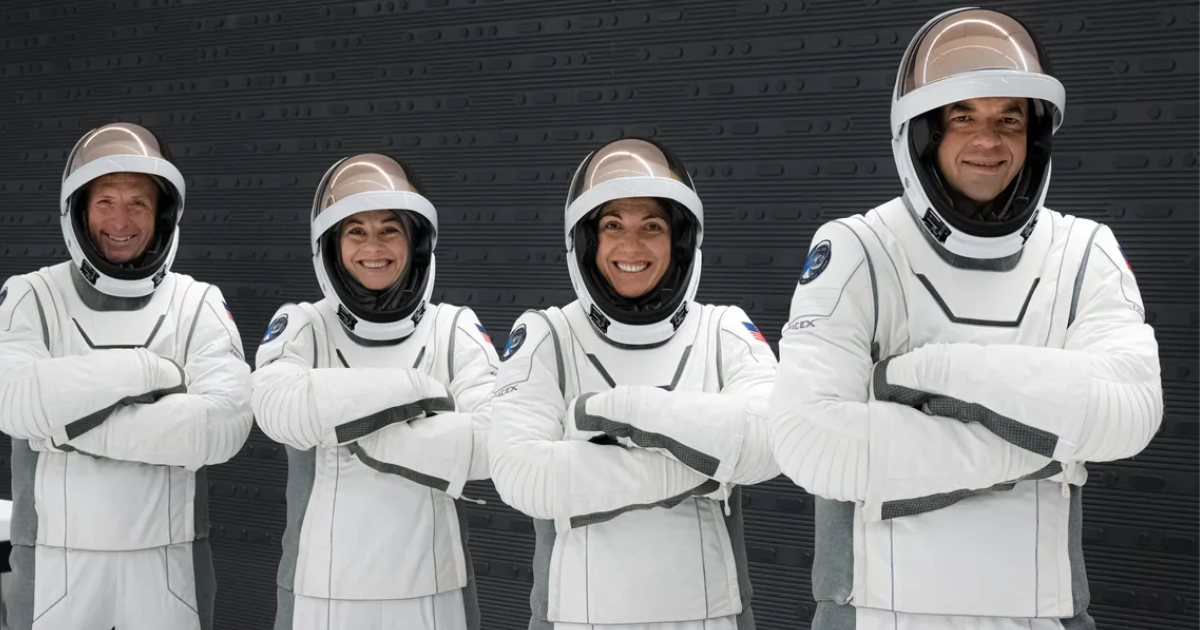
The Polaris Program is a privately funded mission set to perform a number of important scientific studies in the future.
The first flight in this mission is called Polaris Dawn and is set to break a number of important records.
The mission was first slated to begin in late August, but due to weather issues it was pushed back.
The launch took place on September 10th from Kennedy Space Center in Florida. The planned five day mission is operated by Space X but was funded by Jared Isaacman, the billionaire CEO of Shift4 Payments.
The crew also includes former US Air Force pilot Scott “Kidd” Poteet, and Space X engineers Anna Menon and Sarah Gillis.
The mission is set to travel in an elliptical orbit that will reach 1400 kilometers (870 miles) above Earth, which is the furthest any humans have gone since the Apollo program ended more than 50 years ago.
The women on this mission will jointly break the record for the furthest any women have ever traveled from Earth.
During the mission, the entire vehicle will be depressurized and exposed to the vacuum of space, which will break the record for the most people on a mission exposed to space at once.
To accomplish this, all four members of the team will need to put on newly designed space suits for the duration of the spacewalk.
Only Isaacman and Gillis will actually be getting out of the Space X Dragon Capsule.
The spacewalk is slated to last only about 20 minutes, with much of that time slated for venting the vessel and re-pressurizing. Isaacman told CNN:
“There’s a lot of time built in for venting (or depressurizing the spacecraft) and re-pressurizing. And probably the biggest fear that (we’ve tried to) protect for is a failure to re-pressurize the vehicle — because then all you have is your oxygen reserves to get back home in about two hours if needed. So I don’t expect we’ll have too much sight-seeing time.”
The scientific research involved in this mission will include analyzing how the crew handles decompression sickness, Spaceflight Associated Neuro-Ocular Syndrome (SANS), and how the radiation from the Van Allen radiation belt impacts the crew, among other things.
It is exciting to see how this privately funded mission to space will impact the future of space travel.
If you thought that was interesting, you might like to read about the mysterious “pyramids” discovered in Antarctica. What are they?